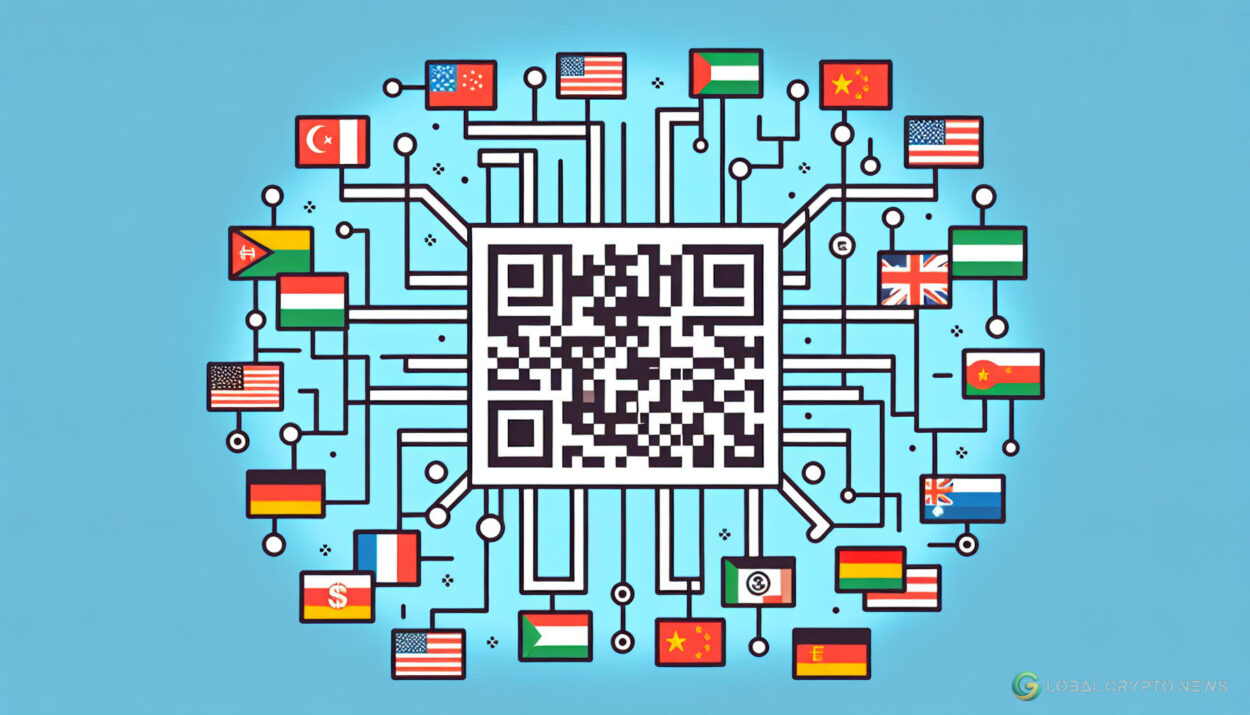Cross-border QR code payments via Cambodia’s digital currency, Bakong, are expected to boost the use of the riel, according to central bank governor Chea Serey.
The National Bank of Cambodia’s new digital currency, Bakong, aims to significantly enhance the use of the riel by facilitating cross-border QR payments. Chea Serey, the governor of the National Bank of Cambodia, highlighted that while over 80% of Cambodia’s economy operates with the U.S. dollar under a dual-currency system, authorities plan to increase the riel’s presence in digital transactions, where the riel’s proportion is considerably higher.
Cross-border transactions are crucial for expanding the riel’s use. Serey emphasized that Bakong currently supports QR code-based payments between Cambodia, Thailand, Laos, and Vietnam, and is compatible with China’s UnionPay. By 2023, the value of digital payments through Bakong surged to $70 billion, nearly double Cambodia’s gross domestic product.
Introduced in 2020, Bakong aims to streamline payments for both individuals and businesses. Despite being referred to as a digital currency, Bakong differs from traditional central bank digital currencies (CBDCs) as it is backed by the Cambodian riel (KHR) and the U.S. dollar (USD).
Serey noted the complexities of internationalizing digital currencies, which necessitate integrating diverse technologies across countries to address challenges such as capital flows and Know-Your-Client processes. Looking ahead, the central bank plans to introduce cross-border payments with India by June and is also working on similar collaborations with Japan.
For more updates on cryptocurrencies, investing, and finance, stay tuned to Global Crypto News.
























